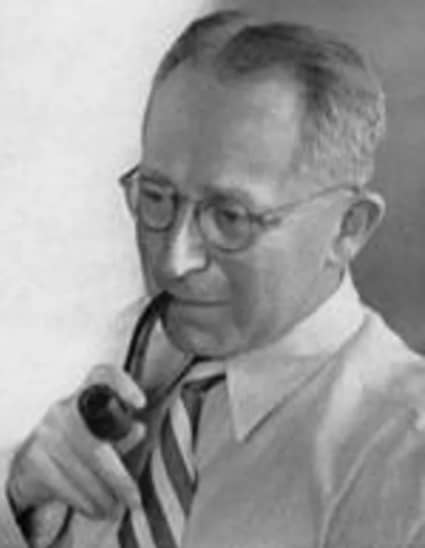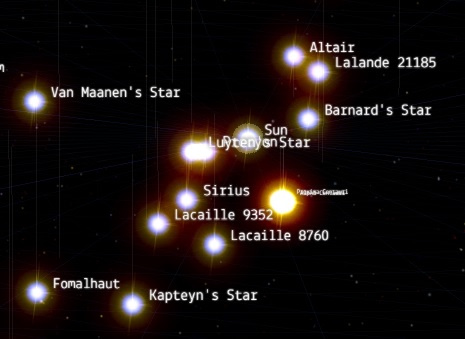A nearby star made the news this week. The star in question is known as both Van Maanen 2 and van Maanen’s Star, in honor of its discoverer, Adriaan van Maanen. Van Maanen’s Star isn’t in the news for any current property. The star is in the news for its ancient history. Van Maanen 2 is also in the news for a place in the history of human science.
Quite a few worlds were, but are no more
It frequently happens that scientists discover things when they’re looking for something else. That was the case in 1917 when Adriaan van Maanen discovered a small, dim star. Van Maanen’s Star is a white dwarf, not much bigger than Earth. Stars like our sun become white dwarfs when they exhaust their nuclear fuel. There are white dwarfs which are closer to our sun, such as Sirius B and Procyon B, but Van Maanen 2 is the closest white dwarf to the sun that isn’t a companion to a larger star.
Quite a few worlds were, but are no more. Analyzing the light from this star offered a mystery. Van Maanen’s star contained elements that no one expected, such as iron. Between 1917 and now, astronomers discovered about 40 other white dwarfs with similar properties. Where did these heavy elements come from? Astronomers now believe they come from planets that once orbited the star. When did these planets start to orbit this star? 4.1 billion years ago. For how long did they orbit this star? They orbited Van Maanen 2 for roughly 900 million years. What happened to these planets? They were destroyed when van Maanen’s Star became a red giant along the way to becoming a white dwarf. This is a predictable event in the life cycle of stars. I marvel to think Van Maanen 2 contains traces of the planets that orbited it 3.2 billion years ago.
Quite a few worlds were, but are no more. What does this mean to me? Astronomers discovered the first exoplanet, or planet orbiting a star other than the sun, in 1992. Between 1992 and now, astronomers have discovered 3,550 exoplanets. But I learned something I didn’t know. There are many stars with planets around them now. There may be a great many stars that had planets around them in the past, but have them no longer. For all we know, those planets might have supported intelligent life, like our world does.
Quite a few worlds were, but are no more. In 2014, astronomer Ben Zuckerman had a “Eureka moment,” a moment of inspiration. In this moment, he realized that the mystery that puzzled van Maanen was in fact the first evidence of exoplanets discovered by scientists. Humanity first intuited exoplanets in the 1500’s.. But humanity discovered evidence for their existence about 70 years earlier than previously believed. Ben Zuckerman stretched himself in time.
Quite a few worlds were, but are no more. This is more than a historical curiosity. The New Message from God teaches that humanity is emerging into a greater community of intelligent life. How shall we prepare? We have to start somewhere.
Welcome to Mystery of Ascension! We are students and advocates of the the New Message from God. We are members of a worldwide community. We seek to assist the world in successfully navigating difficult times ahead. We seek to assist the world in successfully emerging into a greater community of intelligent life. You will also find some poetry. Find out more about us here. Contact us here.




